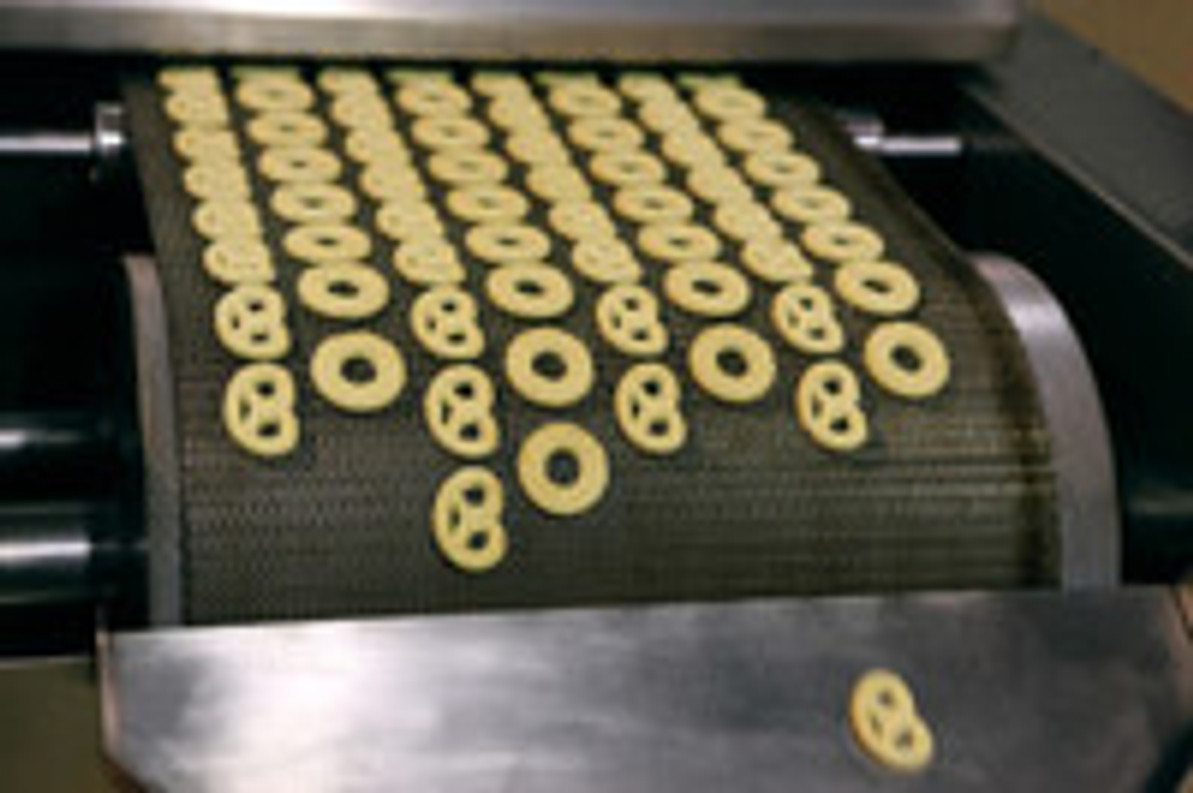The Effects of Germination During Food Processing
Many food manufacturers today rely on germination as a critical stage in their processing efforts. Whether it's for cereal, granola bars or basic grains, germination can provide a fast and effective way to help break down down the foods, thus making it easier to process. Here we'll take a closer look the effects of germination during food processing and reveal why it's such a useful tool by manufacturers today.
As you may already know, germination is the process where seeds begin to sprout and grow. When seeds are germinated, they no longer have the thick protective barrier that was once coating them. Sure, there's still an outer coating, but softer and not as abrasive. This doesn't necessarily mean you'll be eating seeds with plants sprouting out of them, but it does mean that the seeds will have begun the process.
The main benefit that comes from seed germination is the breakdown of the seeds' protective outer layer. As a result, it becomes softer and generally easier to eat. Cereals that were made with germinated seeds will naturally have a less-chewy texture, which is preferred by most consumers. On the other hand, hard-to-eat cereals with a touch texture would probably be frowned upon. Technically, it's able to accomplish this by breaking down the lipid content of the seeds of the grains.
Another unique benefit associated with germination is an increased protein content. Several studies have shown the germinating seeds before using them in food products results in a significantly higher protein content. This is a huge benefit, as many people read the nutritional content on the labeling before purchasing their cereal. Protein is considered the building block of life, and it's necessary to supply nutrients to all the organs in the human body.
In addition to protein, germination also creates a greater fiber content. The exact amount depends on the specific type of seed or grain, but some studies have shown a substantial increase of 40% after a full 9 days of germination. This is one of the reasons why certain cereals possess a high-fiber content.
Germination is an otherwise simple process that results in some huge benefits. While it's not a processing technique that can be used for all foods, it can certainly help those containing grains and seeds (cereals, snack bars, etc.). Once the seeds are properly germinated, they will have a higher protein and fiber content, as well as a more enjoyable texture
Recent Posts
-
Fire Safety in the Workplace: What You Need to Know
What steps are you taking to prevent fires in your workplace? According to the U.S. Occupational Saf …Aug 23rd 2023 -
Is It Safe to Go Jogging With a Cold Infection?
If you're suffering from a cold infection, you might be wondering whether it's safe to go jogging. T …Aug 22nd 2023 -
5 Safety Tips to Follow When Using a Powder-Actuated Tool
Powder-actuated tools are commonly used to join materials to steel and concrete. Also known as Hilti …Aug 20th 2023




